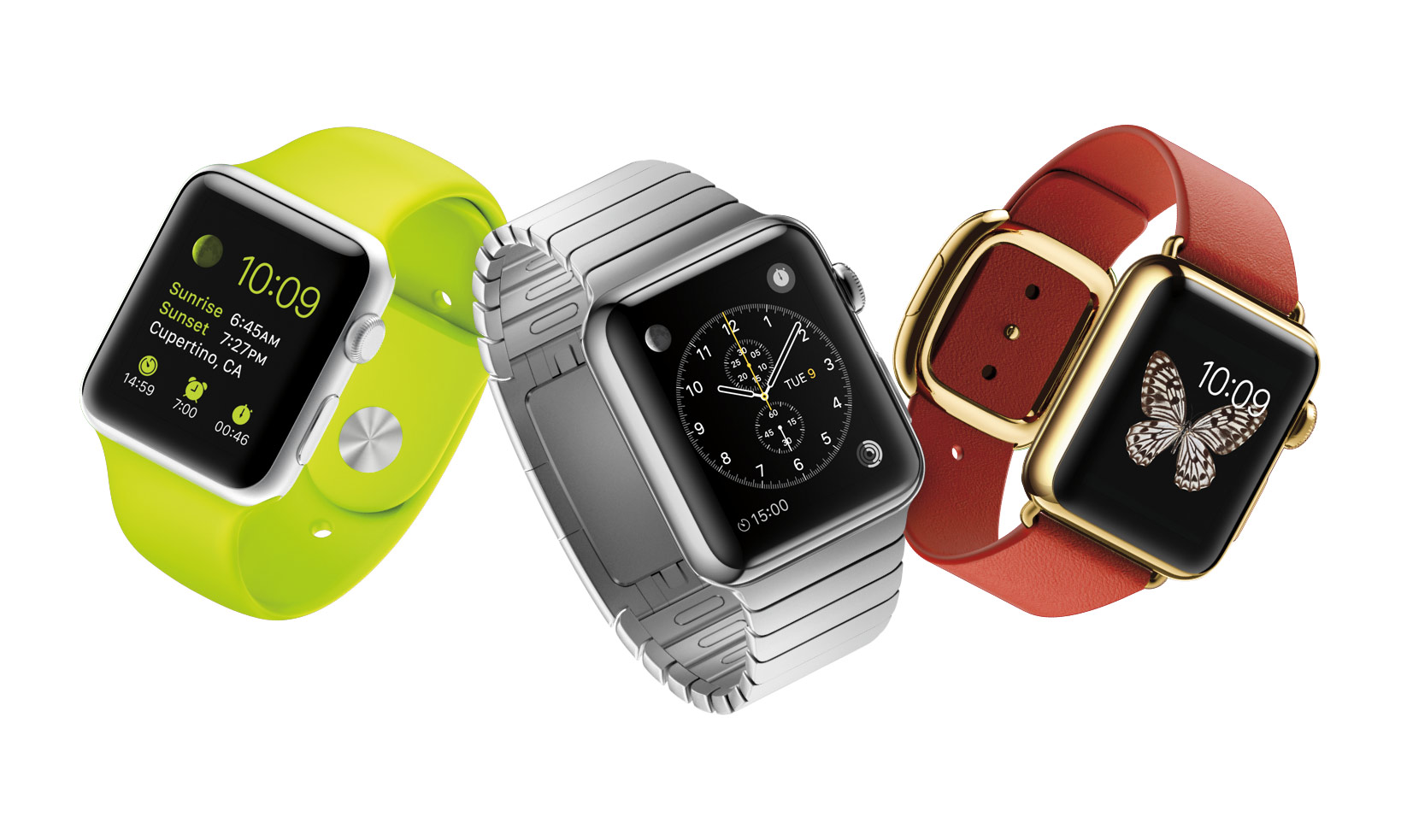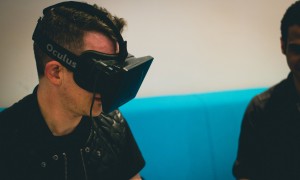
Media pundits looking for the next big thing in mobile journalism appear mesmerized by the Apple Watch.
Yes, its screen offers ridiculously tiny space for headlines. And yes, people will have to use their watch and smartphone together to be able to fully read the news they want.
But what if this is the future of mobile news? If it is, media experts say it behooves an industry that was slow to embrace the power of the mobile phone to pay attention and ask themselves: What should news look like on a watch?
Apple launched its first wearable technology at a special event on Sept. 9 near the company’s headquarters in Cupertino, Calif. The watch is set to hit stores in early 2015 and will allow wearers to track their physical activity, read tweets, use a microphone –potentially as a recorder — and perform a host of other functions.
Apple declined an interview request and has yet to confirm an exact release date or retail price. But Apple watchers are wasting no time opining on ways the watch could impact the news industry.
Apple last month released its developers kit, which allows third parties to create apps that work with the device. Some are already speculating how the built-in microphone could make it easier (and cooler) for journalists to record interviews, and how the tiny watch screen may mean more opportunities to blast news towards more eyeballs, albeit in much, much smaller blasts.
One notable change could be in the offing–a move towards “glance journalism,” writes Dan Shanoff, founder of curation service Quickish, in Nieman Journalism Lab. He describes how users will “glance” at super-short content popping into the minuscule (42 mm tall), non-scrollable screen of the Apple Watch using a display mode the company has dubbed “Glance.”
The news industry already “has its hands full figuring out what kind of journalism” works on mobile screens, Shanoff writes, and now the smaller watch screen requires new constraints.
“The pending challenge for writers, editors, producers, and product teams is how to deliver compelling news in the “glance” format,” he writes.
Another industry observer, Judd Slivka, an assistant professor who teaches mobile journalism at the University of Missouri, questions how news can come through such a “small box.”
“I think it makes it easier than constantly checking your phone,” Slivka said. “At the same time there are some interface questions as a consumer that I have, like, am I constantly going to be scrolling to read something in this small box? How can I consume very quickly a notification in a way that doesn’t make me squint?”
Apple’s watch remains untested, so it’s unclear if any of this will actually become part of how mainstream mobile consumers get information. But optimism appears rampant among some Apple watchers.
“The sky’s the limit in terms of what people are going to be able to do,” said Neil Hughes, managing editor of appleinsider.com, a website that covers Apple rumors and news. He conceded the changes may not be instantaneous, adding, “It’s going to take time to see.”
The Other Smartwatches
Also unclear is whether Apple Watch will prove disruptive for news, especially since other smartwatches already hit the market without making big splashes in journalism.
Samsung’s Gear line of smartwatches debuted in 2013 and boasts many of the same features of the Apple Watch, such as turn-by-turn directions, a heart rate monitor and the ability to answer and make phone calls.
Like these watches, Apple Watch will need to be tethered to a smart phone for most apps to work.
Samsung dominated the smartwatch game in 2013, controlling 34 percent of the $700 million market, according to Forbes. The next closest competitor was Nike, with a nine percent share. Unlike Apple Watch and most of Samsung’s products, Nike’s smartwatch is marketed solely as a fitness tool.
But Apple has been here before and produced products that have since become commonplace.
Hughes pointed to the iPhone’s breakthrough in the mid-2000s, noting the impact its built-in camera had on photojournalism.
“Just the fact that everybody has a camera on them and the camera is connected to the Internet and you can share information with it certainly has changed the way we share information as a society, whether it’s through traditional forms of journalism or newer ways of doing it,” Hughes said.
Some news organizations, such as CNN, have already taken dives into the smartwatch market.
CNN’s mobile app supports Samsung Gear and other smartwatches that are compatible with certain Android phones. The watch face displays “very annotated headlines,” which the wearer can click to open the full article on his or her phone, said John Hashimoto, senior director of product management at CNN digital.
Hashimoto said CNN hopes to develop an app for the Apple Watch similar to one it made for Android smartphones, though he declined to specify which features the Apple version might include.
“We’re actively reviewing WatchKit now – and so far, we’re excited about the functional capabilities of the Watch as a way of delivering news in new ways,” Hashimoto said via email.
At its launch event, Apple provided glimpses of how apps like Twitter, Facebook, Pinterest and MLB.com would look on its forthcoming watch. Think tiny, stripped-down versions of smartphone iterations.
The Twitter application shown by Apple Vice President of Technology Kevin Lynch, for example, allowed him to read through his timeline, reply to or retweet tweets, and even compose an original tweet without taking his phone out of his pocket.
Getting News on a Smartwatch
Some are wondering how watch users will manage the flood of information they are already getting on their phones and desktops as it moves to their wrists.
Larger news organizations may initially dominate news delivery to watches because they have the resources to expand into the untested market, said Roger Fidler, program director for digital publishing for Reynolds Journalism Institute, a University of Missouri-based organization that tests and studies innovation in journalism.
“It appears to me that most of the early development will be by companies that already have apps for smartphones and tablets, and (are) trying to figure out how they can integrate that with the smartwatches,” Fidler said.
Sports, weather and financial news organizations in particular might be best positioned to succeed on the watch because the information they provide is “high-value,” he added.
Missouri’s Slivka said he sees plenty of potential for the Apple Watch to impact journalism, though perhaps not right away. “I know that we’re not there yet,” he added.







